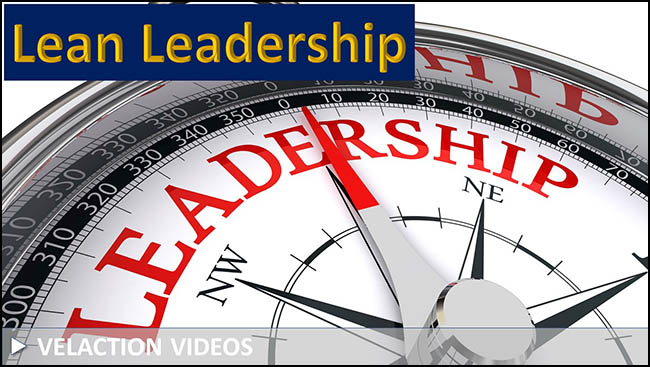Team
In its purest form, the definition of a team is “a group of people associated with each other for some form of joint action or activity.” The word choice for this definition is very deliberate. Some definitions add in verbiage that implies effectiveness. Examples include “common goal”, “working together”, “organized”, “focused”, etc. That terminology is misleading, as not all teams agree on common goals, and there may be teams that are unfocused.
Of course, teams that do have common goals and work together well tend to do much better than those that don’t. And in Lean organizations, teamwork takes on an increased importance.
There are three basic forms of teams.
- Standing Teams: A standing team is one that is shown on an organizational chart. These are permanent, and membership is established through job title and assignment. Note that some teams are a part-time role. A committee of employees might take just a few hours per month but is a permanent team.
- Ad Hoc Teams: These are formal teams that are created for a specific purpose and are generally temporary in nature. Once the goals of the team are met, the team disbands.
- Informal Teams: On occasion, a group of people will work together outside of formal channels. This might be a group of supervisors that shares information across department boundaries, or it might be a handful of employees that studies together at lunch for a certification class they are taking in the evenings.

All three types of teams are important to your continuous improvement efforts.
CI and Teams
Standing Teams
Standing teams will be expected to be more flexible in order to help each other. On a traditional team, people are responsible for their own workload. As a team becomes more process driven, fluctuations in demand will require an adjustment in staffing. The major shift in thinking in this regard is that a person must maintain a consistent pace, regardless of the size of their workload. When they run out of work, they will have a drill that they go through to see if anybody else needs assistance.
This cooperation requires a great deal of trust. If a person is going to offer up their free time, they need confidence that the cavalry will come running in their time of need.
Ad Hoc Teams
In continuous improvement, many projects are too large for a person to complete on his or her own. Leaders will need to recruit a cross functional team to solve many problems. Strong processes, and a great deal of practice at team forming by leaders are essential to make these ad hoc teams effective.
Informal Teams
As a continuous improvement culture develops, people will recognize the need to enhance their skills. They will also see the need to create a network of partners and mentors to help them with problems that exceed their capabilities. As a result, many informal teams emerge to share knowledge.
General Team Notes
There are several factors that affect the functioning of the team.
- Leadership: The most important aspect of the team is its leadership. Leadership can be formal, or members of the team can assume informal leadership roles.
- Team Makeup: A strong team will have a mix of skills and experience. Teams with all novices or all experts don’t provide mentoring opportunities.
- Culture: The overall culture of an organization plays a big role in how effective a team is.
- Situations: Situations affect organizations in unique ways. For some, a crisis can be a rallying cry to cooperate. For others, the stress can cripple the team’s effectiveness. The culture of the company has a big impact on how a situation affects performance.
- Resources: For a team to function effectively, it needs the right tools for the job. It also needs time and occasionally funding to get things done.

Words of Warning
- Be clear about standards. It is destructive to a team when its members have different expectations.
- Team building is a skill that can be taught and developed. Don’t take it for granted that leaders know how to get people to work together.



0 Comments